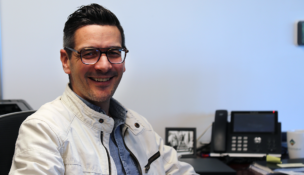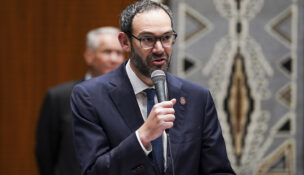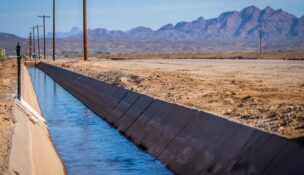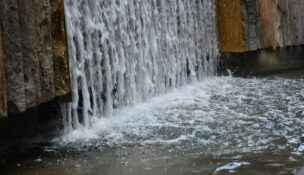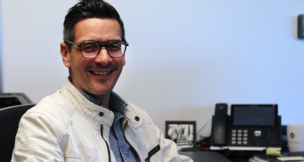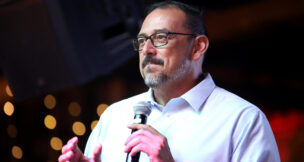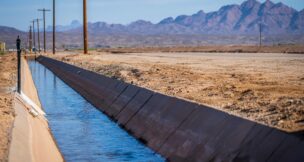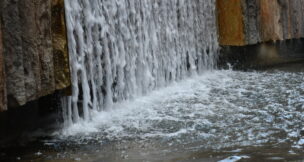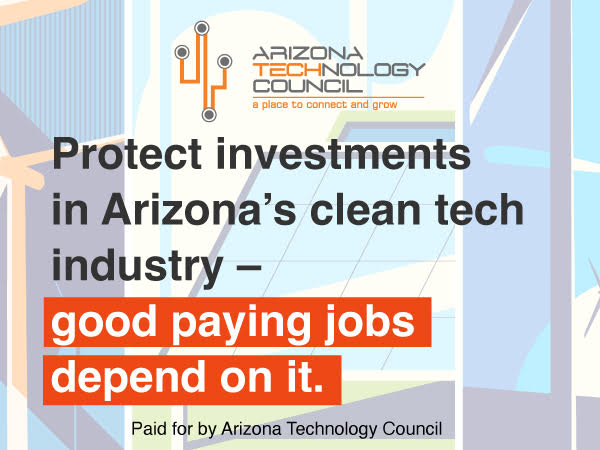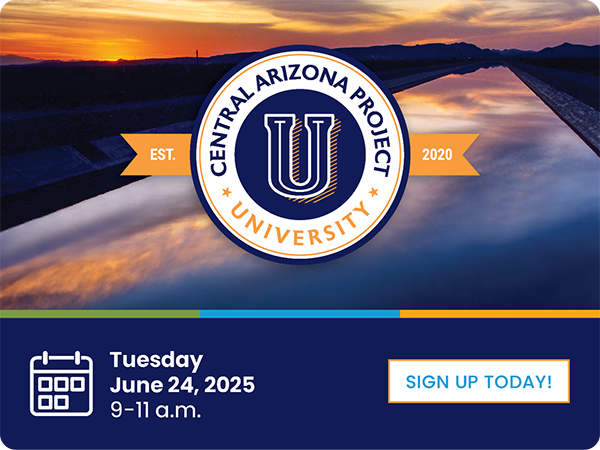‘Chemtrail’ ban bill under review in House
Howard Fischer, Capitol Media Services//March 24, 2025//
The scientific debate about artificially curbing solar radiation to reduce heat has bubbled over into legislative debate about whether the government and private industry are poisoning Arizonans by spraying chemicals from airplanes.
And now, state lawmakers are moving to outlaw the practice of “geoengineering” entirely.
Legislation already approved by the Senate would make it illegal to intentionally release or dispense “any chemical, chemical compound, substance or apparatus” within Arizona designed for “solar radiation management.” SB1432 specifically defines this as injecting aerosols into the stratosphere to reduce the amount of sunlight reaching the planet.
According to the bill’s backers, one form of geoengineering occurring is chemicals being dispersed in the upper atmosphere by aircraft through “chemtrails” that are already starting to block out the sun.
There is a scientific basis for looking at ways to block sunlight to curb climate change. It has long been known, for example, that pollution from erupting volcanoes can reduce solar radiation and cause cooling.
And there already have been experiments, with even Scientific American noting some efforts. There also is a report in MIT Technology Review saying that, from a technology standpoint, large-scale deployment could occur within five years.
But the debate at the state Capitol instead featured a parade of speakers contending whether this is already happening. And some, like Jodi Burkett, were armed with photos of what she called chemtrails – “lines in the sky that did not look normal.” Lines, which she claims, that “became haze … covering the sun.”
And Rep. Joseph Chaplik, R-Scottsdale, said there is reason to believe that’s already happening.
“I’ve lived in Arizona almost 15 years,” he said, saying what he saw at the time was “sunshine, beautiful weather.”
“And now it seems like in my neighborhood … you’re seeing these in the sky at nighttime or early morning,” Chaplik said, not when planes are flying.
All that then led to questions about the effects of all this.
“This is poisoning the people,” testified Gail Golec.
Golec, who worked to stop the Maricopa County Board of Supervisors from certifying the 2022 election returns, rejected arguments that what people see in the upper atmosphere are “contrails” – condensation formed by aircraft engines in certain atmospheric conditions – and not harmful.
“There’s a difference between chemtrail and contrail,” she told lawmakers.
“Not all planes have condensation coming out of them,” Golec said. “If we did, you’d go to Phoenix airport, you wouldn’t be able to see.”
Don Adams told lawmakers that there already are experiments to put out “reflective metals and chemical compounds,” saying there is research that shows these chemicals are resulting in declining crop yields. On the human end, he said there is an increase in neurodegenerative diseases, respiratory problems, increased cancer and Vitamin D deficiency.
Rebecca Peek, who identified herself as a government contracting consultant, said that there is an accumulation of aluminum which has been sprayed into the upper atmosphere in soils.
“There are actors out there that have seeds that grow in high aluminum environments,” she said, including people who are financially backing the development of technology that would dim the sun’s rays that reach the earth.
All that, according to Rep. Rachel Keshel, shows that there is reason to be concerned – and to act now.
“I think that it’s very disappointing that people like to relate it to tin-foil-hat wearing and Chemtrail Kelli,” said the Tucson Republican.
That latter reference is to former state senator Kelli Ward from Lake Havasu City who, in 2014, organized a forum in her district to address concerns about chemtrails. Ward later said she wasn’t buying into the theories but wanted to provide an avenue for constituents to express their concerns.
“This is happening,” said Keshel of efforts to cut solar radiation. “This is being tested.”
More to the point, in voting for state restrictions, she said it is being done “without the consent of the people.”
So far, though, it has been only Republican lawmakers who have supported the legislation crafted by Sen. David Farnsworth, R-Mesa, and a parallel bid by Rep. Lisa Fink, R-Glendale.
Sen. Priya Sundareshan, D-Tucson, said it’s not like she doesn’t believe that chemicals are being injected into the atmosphere, but that supporters of this measure are missing the point. Consider, she said, testimony about sulfur dioxide being sprayed into the air.
“The problem is unchecked air pollution that only gets worse the longer we allow it to,” Sundareshan said. “We must have stronger regulations and move our energy generation and our industrial activity toward less pollution-emitting sources.”
But so far the momentum is on the side of those who believe that the air is purposely being sprayed with chemicals. At the very least, some supporters of the measure say that deployment in Arizona of any solar radiation management should await further research.
“SRM involves dumping large amounts of toxic chemicals into the atmosphere to literally block out the sun,” said Rep. Alexander Kolodin.
“Some of the public health impacts of any time you deploy anything into the atmosphere need to be examined,” said the Scottsdale Republican. “And, more importantly, the people of Arizona really need to buy in to their efforts before they can be deployed.”
Rep. Lupe Contreras said there might be something there. But the Avondale Democrat and lifelong Arizona resident said what is missing in all of what was being presented to lawmakers was any actual evidence from any doctor about whether any of this – occurring now or not – is affecting human health.
Keshel said there’s a good reason for that.
“I do think that a lot of the doctors, scientists that have spoken out about this have been silenced,” she said.
Fink actually had proposed more comprehensive restrictions before this. Her own proposal would have outlawed cloud seeding as a method of producing more rain.
That, however, drew opposition from Fareed Bailey who lobbies for the Salt River Project. While primarily known as an electric provider, it actually has its roots in constructing dams and providing water for the Phoenix area for both agricultural and municipal use.
That got the attention of Kolodin who said that if Arizona is to have enough water – and have residents not paying $700-a-month water bills – options like this need to be explored.
Fink’s bill did clear the House in modified fashion, but never got a hearing in the Senate. That leaves the Farnsworth proposal as the only one that remains legally viable if it can get through another House committee and approval by the full House.
The final word, however, would rest with Gov. Katie Hobbs.







